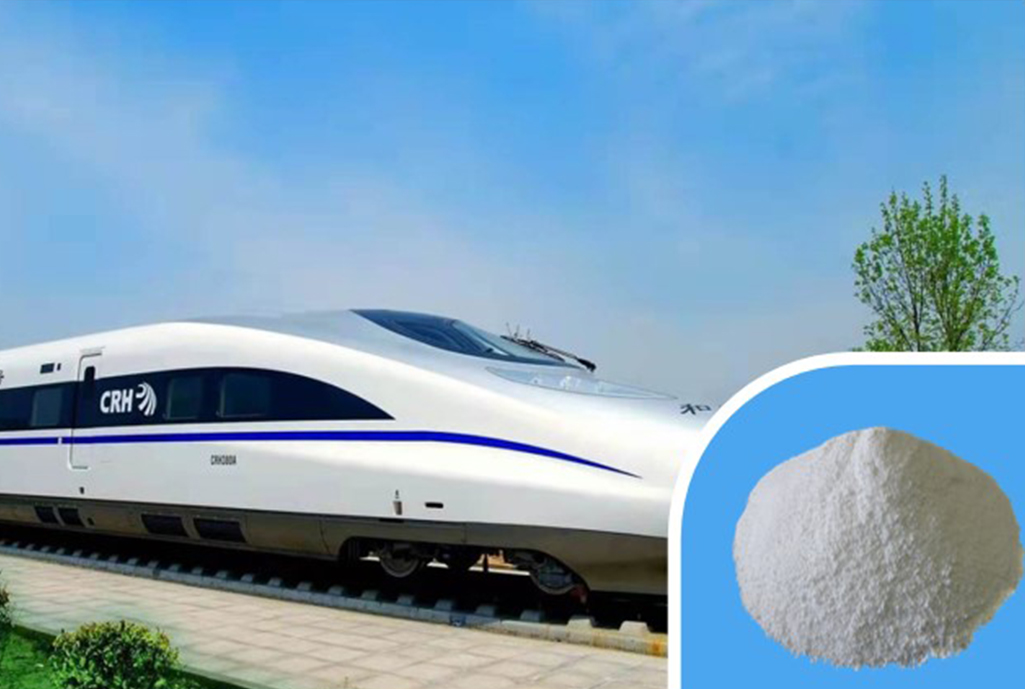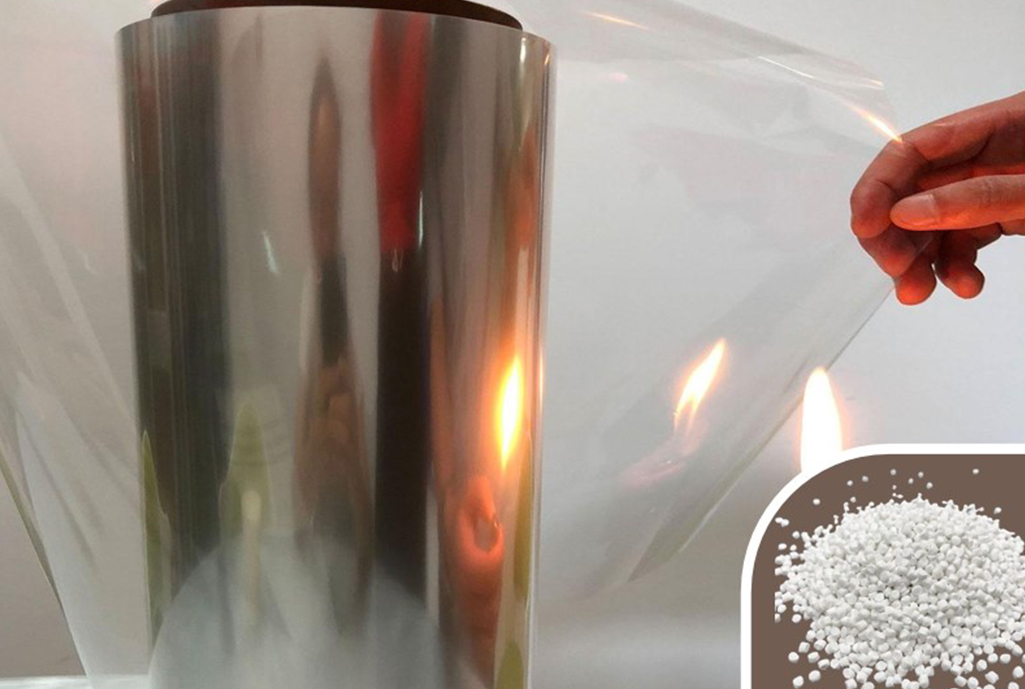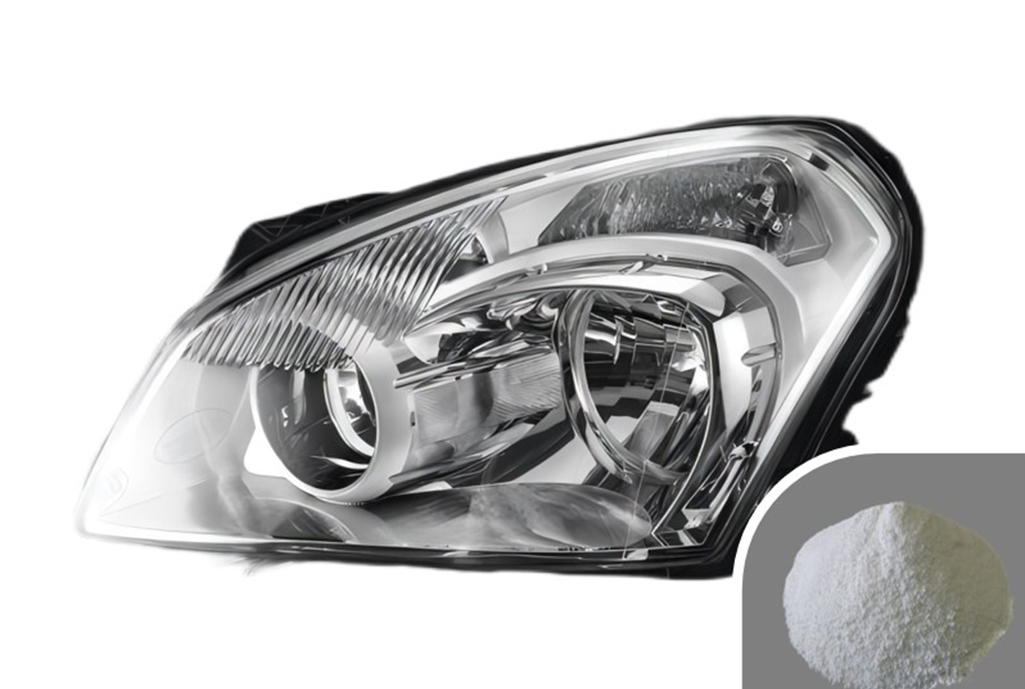What are PA Functional Additives?
2025-07-09
Polyamides (PA), commonly known as nylons, are a versatile class of synthetic polymers widely used across numerous industries due to their excellent balance of mechanical properties, thermal stability, and chemical resistance. However, to truly unlock their full potential and tailor them for specific high-performance applications, functional additives play a crucial role. These are specialized compounds incorporated into the polyamide matrix during processing to impart or enhance specific characteristics that the base polymer may lack or possess insufficiently.
Why are Functional Additives Necessary?
While inherent properties make polyamides suitable for many applications, their limitations can become apparent in demanding environments. For instance:
-
UV degradation: Exposure to sunlight can cause polyamides to yellow, crack, and lose mechanical strength.
-
Flammability: Many polyamides are combustible, limiting their use in applications requiring fire safety.
-
Dimensional stability: High moisture absorption can lead to significant dimensional changes in PA parts.
-
Processability: High melt viscosity can make certain molding or extrusion processes challenging.
-
Specific performance: Applications like antistatic components, laser marking, or enhanced wear resistance require tailored properties.
Functional additives address these challenges by chemically or physically interacting with the polyamide, modifying its properties at a molecular or macroscopic level.
Key Categories of PA Functional Additives
The range of functional additives for polyamides is extensive, each designed for a specific purpose. Here are some of the most important categories:
1. Impact Modifiers
Polyamides, especially unreinforced grades, can exhibit notch sensitivity and become brittle at low temperatures. Impact modifiers are elastomeric polymers, such as ethylene-propylene-diene monomer (EPDM) rubber, styrene-butadiene-styrene (SBS) block copolymers, or modified polyolefins, which are blended with PA. They form dispersed rubbery phases within the polyamide matrix, which can absorb and dissipate energy from impacts, significantly improving toughness and ductility without compromising other essential properties.
2. Flame Retardants (FR)
For applications requiring fire safety (e.g., electrical components, automotive interiors), flame retardants are essential. These additives work through various mechanisms:
-
Halogenated FRs: Release halogen radicals that interfere with the radical combustion process in the gas phase. While highly effective, environmental concerns have led to a push for alternatives.
-
Phosphorus-based FRs: Form char layers on the surface, acting as a barrier to heat and oxygen. They can also interfere with gas-phase reactions.
-
Nitrogen-based FRs: Often used in synergy with phosphorus compounds, they promote char formation.
-
Mineral FRs: Such as aluminum trihydrate (ATH) or magnesium hydroxide (MDH), release water upon decomposition, cooling the burning material and diluting flammable gases.

3. UV Stabilizers and Antioxidants
Polyamides are susceptible to degradation from ultraviolet (UV) radiation and oxidation, leading to discoloration, loss of mechanical properties, and embrittlement.
-
UV Stabilizers: Include hindered amine light stabilizers (HALS), which scavenge free radicals generated by UV exposure, and UV absorbers, which absorb UV radiation and dissipate it as heat.
-
Antioxidants: Primarily hindered phenols and phosphites, which interrupt the auto-oxidation process by reacting with free radicals and hydroperoxides, thus extending the material's service life at elevated temperatures.
4. Nucleating Agents
Polyamides are semi-crystalline polymers, meaning they have both amorphous and crystalline regions. The size and distribution of these crystalline regions significantly influence mechanical properties, stiffness, and cycle time during molding. Nucleating agents (e.g., talc, boron nitride, finely dispersed inorganic salts) provide sites for crystal growth, leading to smaller, more numerous, and uniformly distributed spherulites. This results in:
-
Faster crystallization rates, reducing cycle times in injection molding.
-
Improved stiffness and hardness.
-
Enhanced dimensional stability due to reduced warpage.
5. Lubricants and Processing Aids
These additives are used to improve the flow characteristics of polyamide melts during processing and reduce friction.
-
Internal Lubricants: (e.g., fatty amides, waxes) reduce the melt viscosity, facilitating easier processing and filling of complex molds.
-
External Lubricants: (e.g., metallic stearates, silicone oils) reduce friction between the polymer melt and processing equipment, preventing sticking and improving surface finish.
6. Plasticizers
While polyamides are inherently tough, plasticizers can be added to further enhance flexibility, reduce stiffness, and improve impact strength, especially at lower temperatures. Common examples include N-butylbenzenesulfonamide (BBSA) or sulfonamide derivatives, which reduce the intermolecular forces within the polymer chains, increasing their mobility.
7. Other Specialized Additives
-
Antistatic Agents: (e.g., carbon black, conductive polymers, quaternary ammonium salts) reduce surface resistivity, preventing static charge build-up in applications like electronic housings or packaging.
-
Laser Marking Additives: (e.g., specific inorganic pigments or metal compounds) absorb laser energy to create high-contrast, durable marks on the polyamide surface.
-
Reinforcing Fillers: While not strictly "functional additives" in the sense of modifying inherent properties, fibers like glass fiber and carbon fiber are crucial for significantly increasing strength, stiffness, and heat deflection temperature of polyamides.
The Synergy of Additives
It's important to note that in many real-world applications, a cocktail of multiple functional additives is used to achieve the desired balance of properties. For example, a flame-retardant polyamide for automotive use might also contain impact modifiers, UV stabilizers, and processing aids. The careful selection and synergistic interaction of these additives are critical for developing high-performance polyamide compounds.
Conclusion
Functional additives are indispensable in modern polyamide technology. They are the silent enablers that transform basic polyamide resins into sophisticated engineering materials, capable of meeting the stringent demands of industries ranging from automotive and electrical/electronics to consumer goods and textiles. As application requirements become ever more complex, the development of novel and more efficient functional additives will continue to be a vital area of innovation in polymer science.




















